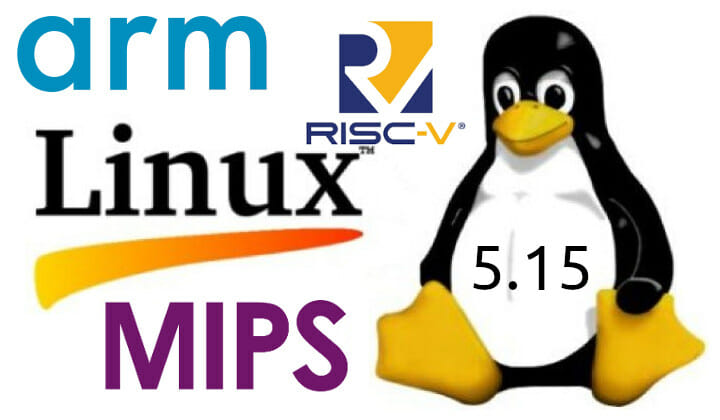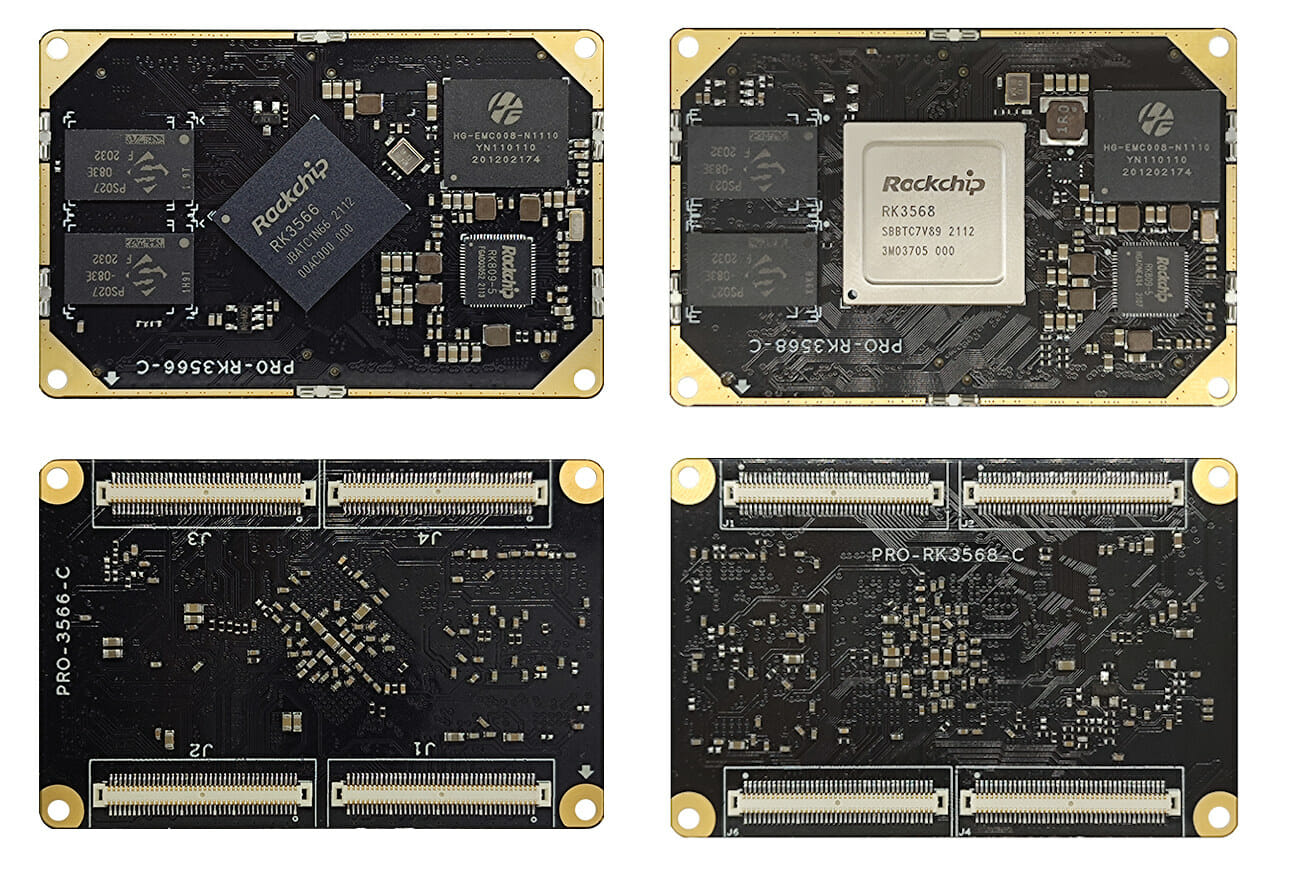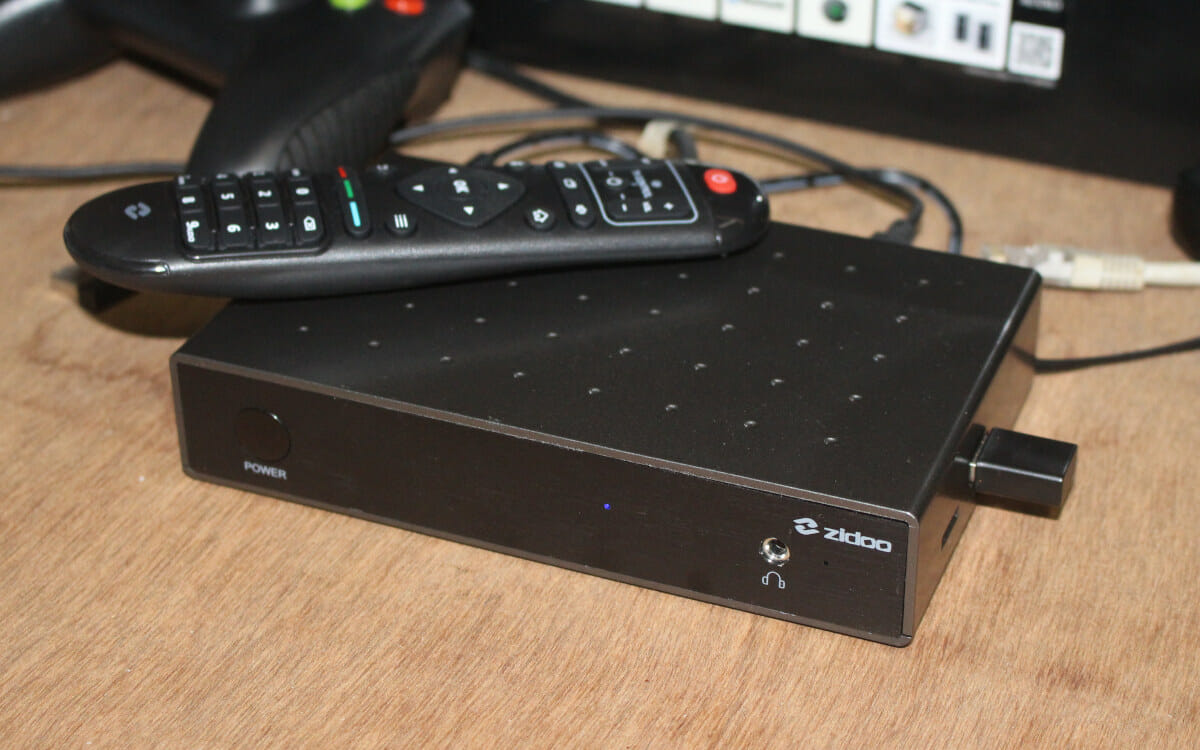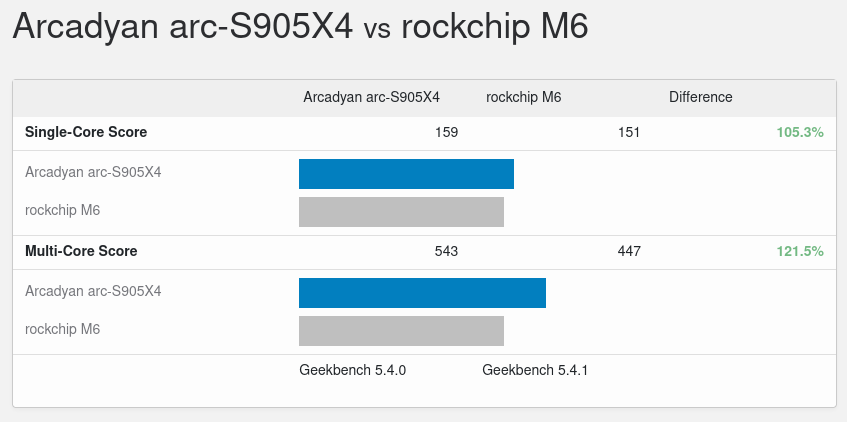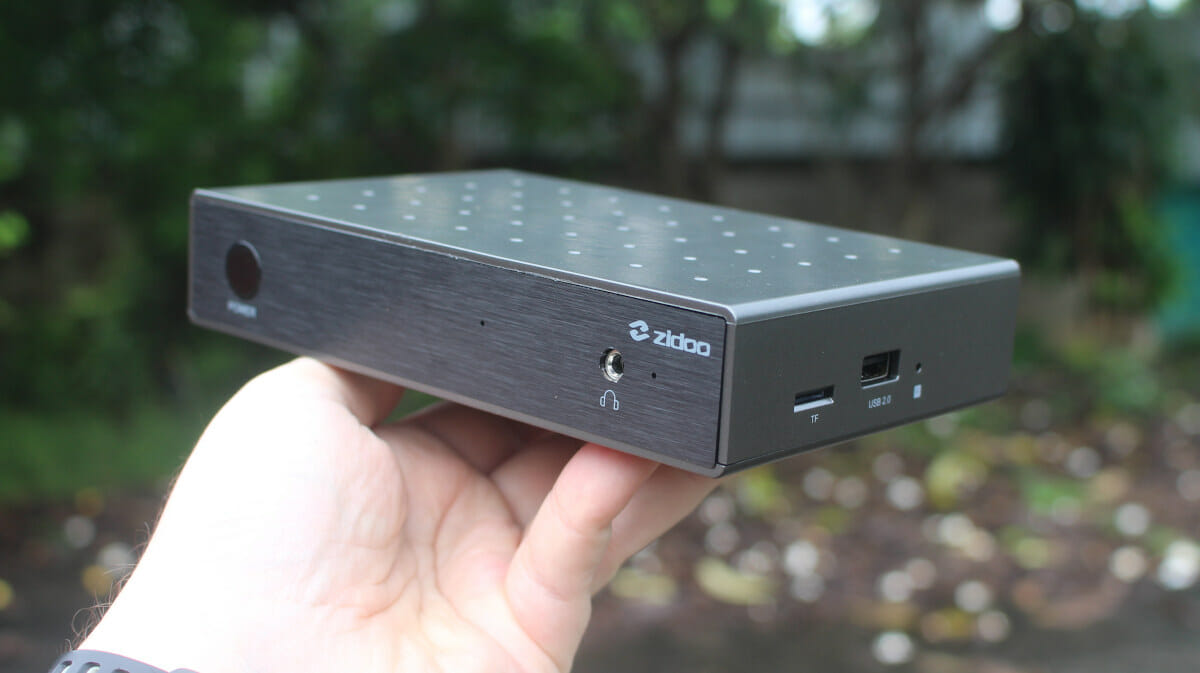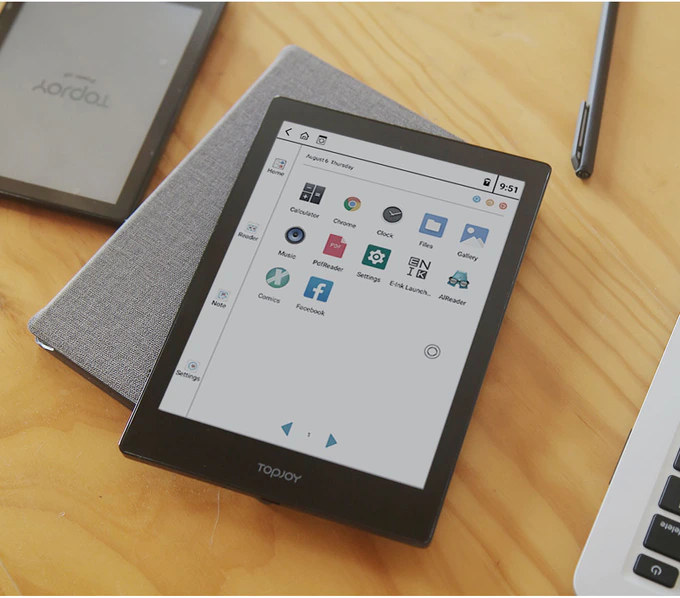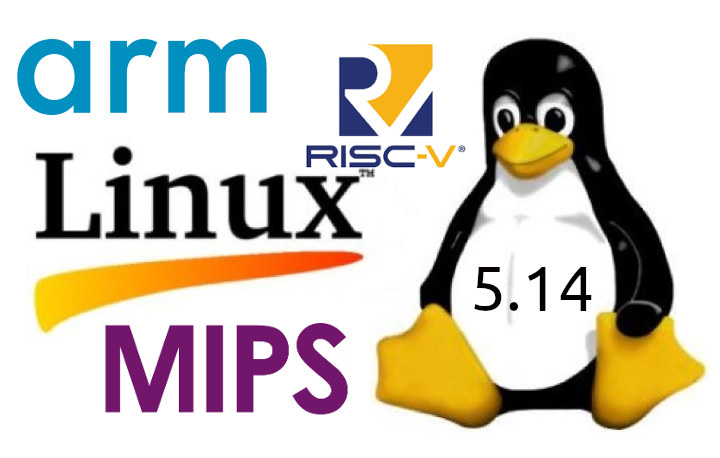Linus Torvalds released Linux 5.15, an LTS version, this past Sunday: It’s been calm, and I have no excuse to add an extra rc, so here we are, with v5.15 pushed out, and the merge window starting tomorrow. Which is going to be a bit inconvenient for me, since I also have some conference travel coming up. But it’s only a couple of days and I’ll have my laptop with me. Sometimes the release timing works out, and sometimes it doesn’t.. Anyway, the last week of 5.15 was mainly networking and gpu fixes, with some random sprinkling of other things (a few btrfs reverts, some kvm updates, minor other fixes here and there – a few architecture fixes, couple of tracing, small driver fixes etc). Full shortlog appended. This release may have started out with some -Werror pain, but it calmed down fairly quickly and on the whole 5.15 was […]
Rockchip RK3566/RK3568 SoM’s feature board-to-board connectors or castellated holes
Rongpin Electronics has designed RK3566 and RK3568 systems-on-modules (SoM) with either board-to-board connectors or castellated holes for direct soldering to the carrier board, which adds competition to the Firefly Core-3568J AI Core Rockchip RK3568 system-on-module offered in a SO-DIMM form factor with an edge connector. The Rongpin Pro-RK3566 and Pro-RK3568 core boards are equipped with four high-speed Hirose connectors, while the RP-RK3568 Core board exposes I/Os through castellated holes around the four sides of the CPU module. Rongpin Pro-RK356x system-on-module & devkit Specifications: SoC – Rockchip RK3566/RK3568 quad-core Cortex-A55 processor @ 2.0 GHz with Arm Mali-G52 2EE GPU with support for OpenGL ES 1.1/2.0/3.2, OpenCL 2.0, Vulkan 1.1, 0.8 TOPS NPU for AI acceleration, 4Kp60 H.265/H.264/VP9 video decoding, and 1080p100 H.265/H.264 video encoding System Memory – 2GB DDR4 (option for 4GB) Storage – 8GB eMMC 5.1 flash (option for 16GB to 128GB) 4x Hirose board-to-board connectors with Storage 1x SATA […]
Zidoo M6 preview with Android 11
I’ve now had more time to play with Zidoo M6 Arm mini PC powered by a Rockchip RK3566 quad-core Cortex-A55 processor. I intended to review the device with Ubuntu, but I misunderstood, and Android 11 was pre-installed on the device. I was also told since this model is mainly for industrial control, I might want to focus on performance and connectors rather than how well all functions work. So this will not be a review, but rather a preview of Zidoo M6, since as we’ll see below there’s still more work do to fix all issues. As an industrial platform. some features like Google Services may not be needed or even desirable. First boot and Settings I’ve connected a USB keyboard for screenshots, MINIX NEO A2 Lite air mouse, an HDMI cable to my 4K TV, and the power supply to get started. I also add two AAA batteries to […]
Rockchip RK3566 Benchmarks in Android 11 (Zidoo M6)
I received Zidoo M6 last month, a mini PC based on Rockchip RK3566 quad-core Cortex-A55 processor. I initially understood it came with Ubuntu Linux, but actually, it came pre-loaded with Android 11, so I’ve decided to run some benchmarks on the RK3566 device to see how it performs compared to other Arm systems Zidoo M6 system info But before running benchmarks, let’s have a look at some system info with CPU-Z CPU-Z has never heard about RK3566, so it detects it as RK3066, but the rest of the information seems correct with a quad-core Cortex-A55 clocked between 400 MHz and 1.8 GHz, an Arm Mali-G52 GPU, 3775KB RAM, and 24.12 GB internal storage from the 32GB flash. The system runs Android 11 on top of Linux 4.19 which will be supported until December 2024. I can set the video output to 4K, but the UI is still limited to 1920×1080 […]
Zidoo M6 Arm mini PC review – Part 1: Unboxing and Teardown
I’ve just received my first Rockchip RK3566 platform with Zidoo M6 Arm mini PC that supports Ubuntu 18.04, Android 11, and Station OS. I was sent the standard version with 4GB RAM and 32GB eMMC flash that will be suitable for most applications. I’ll start Zidoo M6 review with an unboxing and a teardown to check the hardware design and “hidden” features before reviewing with the device with Android 11 and/or Ubuntu 18.04. Zidoo M6 Unboxing There’s nothing special about the package (and that’s a good thing in order to go more easily through customs), so let’s check out the package content. Beside the box, it’s there’s an HDMI cable, a 5V/2A power adapter with a removable US plug, an IR remote control, and a user manual. The remote control comes with an IR learning function to record some of your TV keys like volume, power, and source selection without […]
TopJoy ButterFly is a Full-Color DES Screen e-Reader with Android 11 (Crowdfunding)
TopJoy ButterFly is a full-color DES screen e-Reader running Android 11 on a quad-core Cortex-A55 processor that appears to be the same Rockchip RK3566 processor used in the upcoming PineNote e-reader. Two models of the e-Reader are offers with E601 fitted with a 6-inch display and E701 with a larger 7.8-inch display both offering 300 PPI for black & white content and 150 PPI for color, and equipped with 2GB RAM & 32GB storage by default, an option for 4GB RAM and 64GB storage for the larger display. TopJoy Butterfly specifications: SoC – Rockchip RK3566 quad-core A55 processor up to 1.8 GHz with Mali-G52 EE GPU, 0.8 TOPS AI accelerator System Memory – 2GB RAM (option for 4GB for E701) Storage – 32 GB eMMC flash (option for 64GB for E701) Display E601 – 6-inch DES color e-Paper display with 1072 x 1448 resolution; 150 PPI for color, 300 PPI […]
Linux 5.14 Release – Main changes, Arm, MIPS, and RISC-V architectures
Linus Torvalds has just announced Linux 5.14 release which happens to almost coincide with the anniversary of the initial announcement of the “small” project on August 25, 1991, about 30 years ago. Here’s Linux 5.14’s announcement: So I realize you must all still be busy with all the galas and fancy balls and all the other 30th anniversary events, but at some point you must be getting tired of the constant glitz, the fireworks, and the champagne. That ball gown or tailcoat isn’t the most comfortable thing, either. The celebrations will go on for a few more weeks yet, but you all may just need a breather from them. And when that happens, I have just the thing for you – a new kernel release to test and enjoy. Because 5.14 is out there, just waiting for you to kick the tires and remind yourself what all the festivities are […]
PineNote is a community supported 10.3-inch e-Reader based on Rockchip RK3566 SoC
We’ve covered several e-readers in the past, but the PineNote 10.3-inch e-reader will be a bit different, as the hardware & software will be entirely developed by the community like other Pine64 platforms such as Pinebook Pro, PineCone, Rock64 single board computer, etc… Based on the Rockchip RK3566 quad-core Cortex-A55 processor, PineNote will be one of the fastest e-readers on the market, and leverage the code already written for Quartz64 single board computer, including mainline Linux support. PineNote (preliminary) specifications: SoC – Rockchip RK3566 quad-core A55 processor with Mali-G52 EE GPU, 0.8 TOPS NPU (AI accelerator) System Memory – 4GB of LPDDR4 RAM Storage – 128GB eMMC flash Display – 10.3-inch panel with 1404×1872 resolution (227 DPI), 16 levels of grayscale, front light with cool (white) to warm (amber) light adjustment, capacitive glass layer for finger touch-based input, and a Wacom electromagnetic resonance layer (EMR) for EMR pen input. There’s […]


